This post has not been edited by the GamesBeat staff. Opinions by GamesBeat community writers do not necessarily reflect those of the staff.
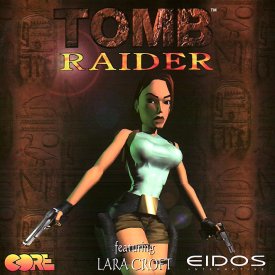 I love Tomb Raider — or at least I used to. The first few games — especially Tomb Raider II — captured my imagination. Never before had a game existed that was cinematic without compromising on the action or player control. I knew right away, this was the future.
I love Tomb Raider — or at least I used to. The first few games — especially Tomb Raider II — captured my imagination. Never before had a game existed that was cinematic without compromising on the action or player control. I knew right away, this was the future.
The lead character, Lara Croft, grabbed your attention like a movie star. A cool, athletic, smart, and sexy protagonist with a few signature characteristics, like Indiana Jones and his whip, hat, and professorship. Lara had that — her short shorts, twin pistols, over-large breasts, gymnastic talent, and a rejection of her aristocratic place in society were what identified her from the scores of pretenders. But more than the attraction to a cool character, I could get lost in her fantastic treasure hunts, as she nonchalantly traipsed through myth, legend and conspiracy to find some mystical ancient artifact.
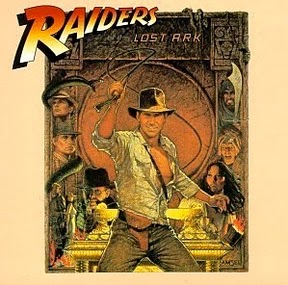 Also like Indiana Jones, Lara's motives never seemed purely greedy; she kept the power of the artifact from falling into the wrong (read: evil-world-destroying-megalomaniacal) hands and preserved it safely behind glass — presumably after studying it, although details like that are always brushed over because, frankly, no one cares. All of this was supported — once more like an Indiana Jones movie — by some vague adherence to real myths and legends, as Lara travelled around the world to uncover the "truth" that lies beyond these stories.
Also like Indiana Jones, Lara's motives never seemed purely greedy; she kept the power of the artifact from falling into the wrong (read: evil-world-destroying-megalomaniacal) hands and preserved it safely behind glass — presumably after studying it, although details like that are always brushed over because, frankly, no one cares. All of this was supported — once more like an Indiana Jones movie — by some vague adherence to real myths and legends, as Lara travelled around the world to uncover the "truth" that lies beyond these stories.
There was little narrative depth to the games; the stories are best left unexamined for fear of revealing major plot-holes, and what is told to the player is rather limited. But the Indiana Jones movies weren't exactly praised for their depth of plot or back-story, either. You knew only what was needed — nothing more — and wherever possible this came from action rather than exposition.
Show, don't tell. That's what they teach directors and screenwriters. Indiana Jones is one of the best examples. If there is a curse to deal with, the characters learn of this at the same time as the viewer, and must react immediately. If some bad guys are trying to get the artifact, they will try to kill Dr Jones. Then at some point they will need him to open the final path to the treasure, for only he can solve the puzzle. The bad guys will undoubtedly make the wrong choice, pay the price for it, then follow behind Dr Jones and try to steal the treasure at the last moment. Everything in the Indiana Jones films is based on actions and environments.
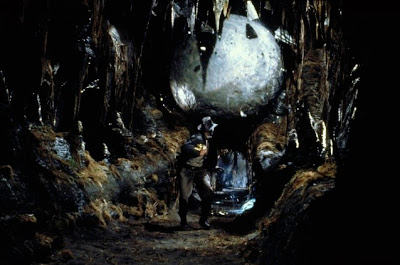
Oh crap.
Likewise in Tomb Raider, the most important stuff just happens — you aren't told why it matters because it's blindingly obvious. That lever you pulled did something important because now you're being attacked by tigers or dudes-with-guns or dinosaurs. That cavern you see over there must contain some vital treasure or puzzle piece, since it's protected by a T-Rex, and that thing is pissed that you got in there. You know you’re walking into some deep conspiracy because those guys trying to kill you are all dressed the same and the weird logo on their clothes is plastered all around you.
Still I haven't mentioned one of the key elements of Tomb Raider: the music. Or should I say the lack thereof? The first three Tomb Raider games had what I consider to be some of the best sound design ever put in a video game. Moving around the environments the player was accompanied by the sounds of footsteps and wildlife, but no music. Well, there was music, but it only played briefly during key moments or discoveries, and crescendoed when tension increased. Most of the time you played in relative silence — and the foreboding sense of isolation that silence so effectively established. I felt as though I was exploring locales untouched by human interference for hundreds — if not thousands — of years.
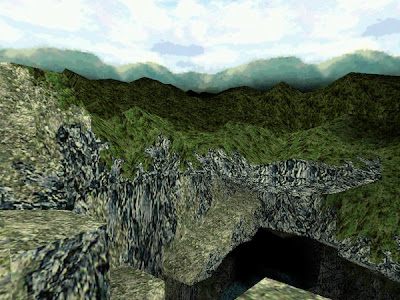
More than that, the silence made any and all instances of sound (besides Lara's footsteps) absolutely terrifying. I remember the computer I played Tomb Raider II on had a built-in sub-woofer. Every time a gigantic boulder came rolling downhill to crush me, or a level boss awakened from slumber or stone, I sat bolt upright, filled with tension through every inch of my body. Thanks to the shaking of the floor beneath my feet and the deep rumble of the sub-woofer, I could feel part of the action more than ever before — and perhaps since. And accompanying this terrifying moment was a screeching, urgent stringendo, which left my heart racing.
The problem is that Tomb Raider never progressed from here. With each new instalment the platforming and combat mechanics felt more awkward; the concepts seemed more contrived and dated. Tomb Raider faltered while its competitors progressed. It soon lost its identity, going through five reboots in as many games — each a mere shadow of the series’ former glory. And now it could all be over, replaced by something along the lines of the upcoming “arcade-inspired” Lara Croft and the Guardian of Light.
At this point, if Tomb Raider never returns, I won’t bat an eyelid. Some things are best left in the past. I just wish someone would take note of what really made Tomb Raider special and put it to use elsewhere. It wasn’t Lara Croft, the exotic locales, or the mixture of action and exploration — Tomb Raider lived and died by its use of cinematic tension.
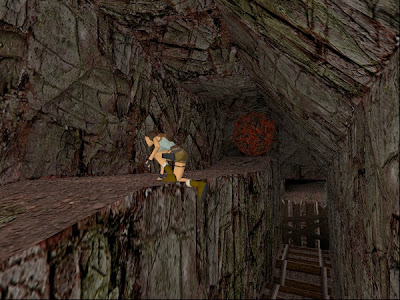
Phew..
